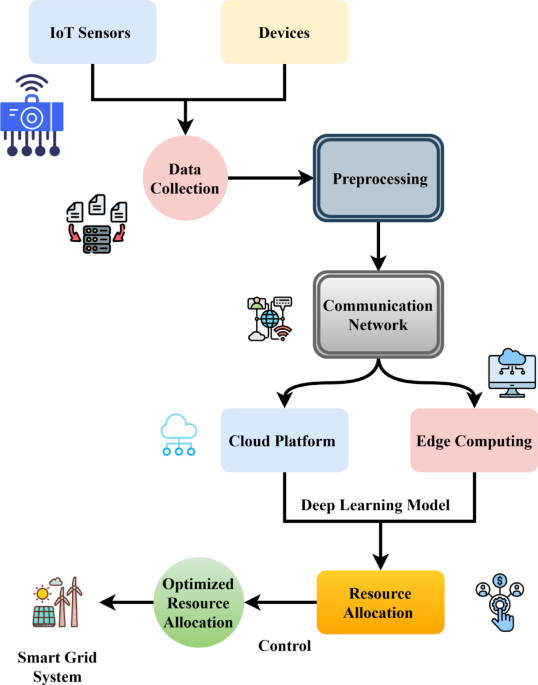Thailand Launches Spectacular Sawasdee Nihao Tourism Drive to Reinforce Powerful China Ties in Landmark Golden Jubilee Celebration - Travel And Tour World
Saturday, May 31, 2025

Thailand has introduced the stunning Sawasdee Nihao tourism campaign to celebrate the fiftieth anniversary of diplomatic relations with the People’s Republic of China, leveraging the golden jubilee as a strategic opportunity to enhance bilateral relations through tourism. As a strategy to strengthen age-old friendship and create people-to-people connections, the campaign promotes Thailand as a high-value, sustainable destination and invites millions of Chinese tourists to enjoy its rich heritage, friendly people, and innovation—keeping tourism as a forceful bridge between the two countries.
Marking the fiftieth anniversary of diplomatic relations between Thailand and China, Thailand has launched the “Sawasdee Nihao” initiative—a landmark tourism campaign designed to boost cross-cultural understanding and reaffirm the enduring strategic alliance between the two Asian nations. This initiative not only celebrates a long-standing friendship but also leverages tourism as a core driver of sustainable economic development and cultural diplomacy.
Unveiled by the Tourism Authority of Thailand (TAT), the Sawasdee Nihao initiative positions Thailand as a premier “quality destination,” capitalizing on its rich cultural assets to attract high-value Chinese visitors. With a dual focus on economic benefit and environmental stewardship, the campaign represents a forward-thinking approach to destination marketing that aligns with Thailand’s broader vision for sustainable tourism growth.
Marking a milestone in regional diplomacy, Thailand’s unveiling of the Sawasdee Nihao initiative coincides with the fiftieth anniversary of its official relations with China, symbolizing decades of enduring partnership and mutual respect. Throughout this period, the relationship has grown across multiple dimensions—political, economic, and cultural—but tourism remains one of the most vibrant and impactful arenas of cooperation.
The initiative reflects a shared commitment to strengthening people-to-people connections and underscores the role of tourism in fostering trust and goodwill. Cultural tourism, in particular, is positioned as a vehicle for creating lasting impressions, enhancing mutual understanding, and building bridges between the two societies.
China continues to be Thailand’s most important tourism source market. In 2024, over 6.7 million Chinese travelers visited Thailand, accounting for a significant share of total international arrivals. The Thai government credits this success to well-coordinated tourism promotion policies and visa facilitation efforts on both sides.
With the Sawasdee Nihao initiative, Thailand aims not only to recover pre-pandemic visitor volumes but to elevate the profile of Chinese travelers from mass market to premium segment. This shift is central to Thailand’s revised tourism strategy, which places greater emphasis on quality over quantity.
At the heart of the initiative lies a curated series of high-impact cultural events, business forums, and travel experiences designed specifically for the Chinese market. These activities will be rolled out across Thailand’s key tourist destinations, including Bangkok, Chiang Mai, Phuket, and Pattaya.
Chinese travel operators, airlines, influencers, and media outlets have been invited to experience Thailand firsthand through fam trips, immersive excursions, and exclusive showcases. These visits are expected to generate positive media coverage and digital storytelling across Chinese platforms such as WeChat, Weibo, Xiaohongshu, and Douyin, reaching millions of potential travelers.
In her keynote address during the launch, Thailand’s Prime Minister highlighted the Sawasdee Nihao initiative as a new chapter in the Thailand-China partnership. Emphasizing the importance of tourism as a cultural and economic bridge, she reaffirmed the government’s commitment to enhancing the quality, safety, and convenience of travel for Chinese visitors.
By investing in tourism infrastructure, digitalization, and training for hospitality personnel, Thailand aims to elevate the visitor experience while ensuring the long-term sustainability of the sector. These efforts are closely aligned with Thailand’s national economic and environmental priorities.
Tourism and Sports officials echoed the Prime Minister’s sentiments, asserting that tourism is no longer just about numbers. The focus is now on cultivating strategic trust, fostering reciprocal exchange, and building resilient networks that can weather economic and geopolitical uncertainties.
Thailand’s integrated “push-pull” strategy involves both outbound engagement in China and inbound experience-building within Thailand. On one end, TAT is executing targeted marketing campaigns in major Chinese cities, including Beijing, Shanghai, Chengdu, and Guangzhou, promoting new themed travel routes, health and wellness tourism, eco-tourism, and culinary adventures.
On the inbound side, the country is focusing on product diversification—developing new tourism clusters, investing in smart tourism infrastructure, and providing multilingual services. These enhancements are tailored to the preferences of Chinese travelers, particularly among the post-pandemic middle class and Gen Z tourists seeking unique and socially responsible travel experiences.
The Sawasdee Nihao campaign also reinforces Thailand’s position as a tourism leader in Southeast Asia. By taking a proactive stance in bilateral tourism collaboration, Thailand is setting an example for the region in how cultural diplomacy can be used to accelerate post-pandemic recovery and long-term competitiveness.
Thailand’s success in maintaining strong ties with China through tourism diplomacy reflects its broader ASEAN connectivity strategy. The initiative is seen as part of a larger vision to establish Thailand as a regional hub for sustainable tourism, business travel, and cultural exchange.
Central to the Sawasdee Nihao initiative is the commitment to ensuring that tourism growth contributes positively to local communities and ecosystems. Thailand is promoting a “high-value, low-impact” tourism model that balances visitor spending with environmental preservation.
New policies under the initiative encourage visits to lesser-known destinations, spreading tourism revenues beyond traditional hotspots. Moreover, stakeholders are being encouraged to adopt green tourism standards, reduce carbon emissions, and engage in community-based tourism practices that empower local populations.
The initiative supports Thailand’s national Bio-Circular-Green (BCG) economy framework, aligning with global climate goals while enhancing the country’s tourism appeal among environmentally conscious travelers.
To meet the expectations of modern Chinese travelers, Thailand is investing heavily in digital innovation. Smart visa systems, multilingual mobile apps, AI-based customer service platforms, and seamless e-payment integration are among the tools being deployed to make the tourist journey more intuitive and personalized.
Digital engagement is also a cornerstone of the Sawasdee Nihao initiative’s promotional strategy, with a strong focus on influencer-led marketing, immersive video content, virtual reality previews, and interactive travel guides customized for Chinese platforms.
While the initiative highlights current achievements, it is primarily forward-looking. Thai authorities see this as the beginning of a deeper and more structured tourism partnership with China—one that will extend to knowledge-sharing, policy harmonization, and cross-border tourism development in the years to come.
By cultivating a narrative of shared growth, cultural respect, and economic opportunity, the Sawasdee Nihao campaign is expected to play a pivotal role in shaping Thailand’s international tourism future.
The Sawasdee Nihao initiative is more than a celebration of five decades of diplomatic ties—it’s a strategic, future-oriented model for how nations can leverage tourism to reinforce diplomatic relations, support sustainable economic development, and showcase cultural richness.
Through a thoughtful combination of marketing outreach, cultural programming, and digital innovation, Thailand is effectively positioning itself as China’s top travel partner in the region. The initiative is not just about welcoming millions of Chinese tourists but about welcoming them with purpose, quality, and sustainability at the core.
Thailand’s Sawasdee Nihao tourism campaign commemorates half a century of diplomatic relations with China through enhanced cultural links and the promotion of high-value, sustainable tourism. Its purpose is to drive the two countries’ bilateral relations through experiential tourism and strategic tourism partnership.
As the global travel landscape evolves, Thailand’s partnership with China under the Sawasdee Nihao initiative may well serve as a blueprint for how tourism can be both a cultural bridge and an engine for inclusive prosperity.












